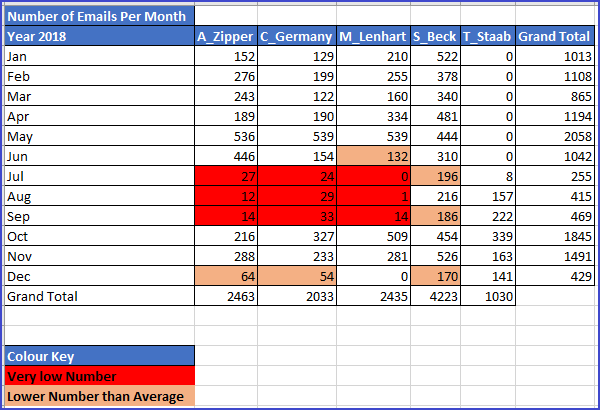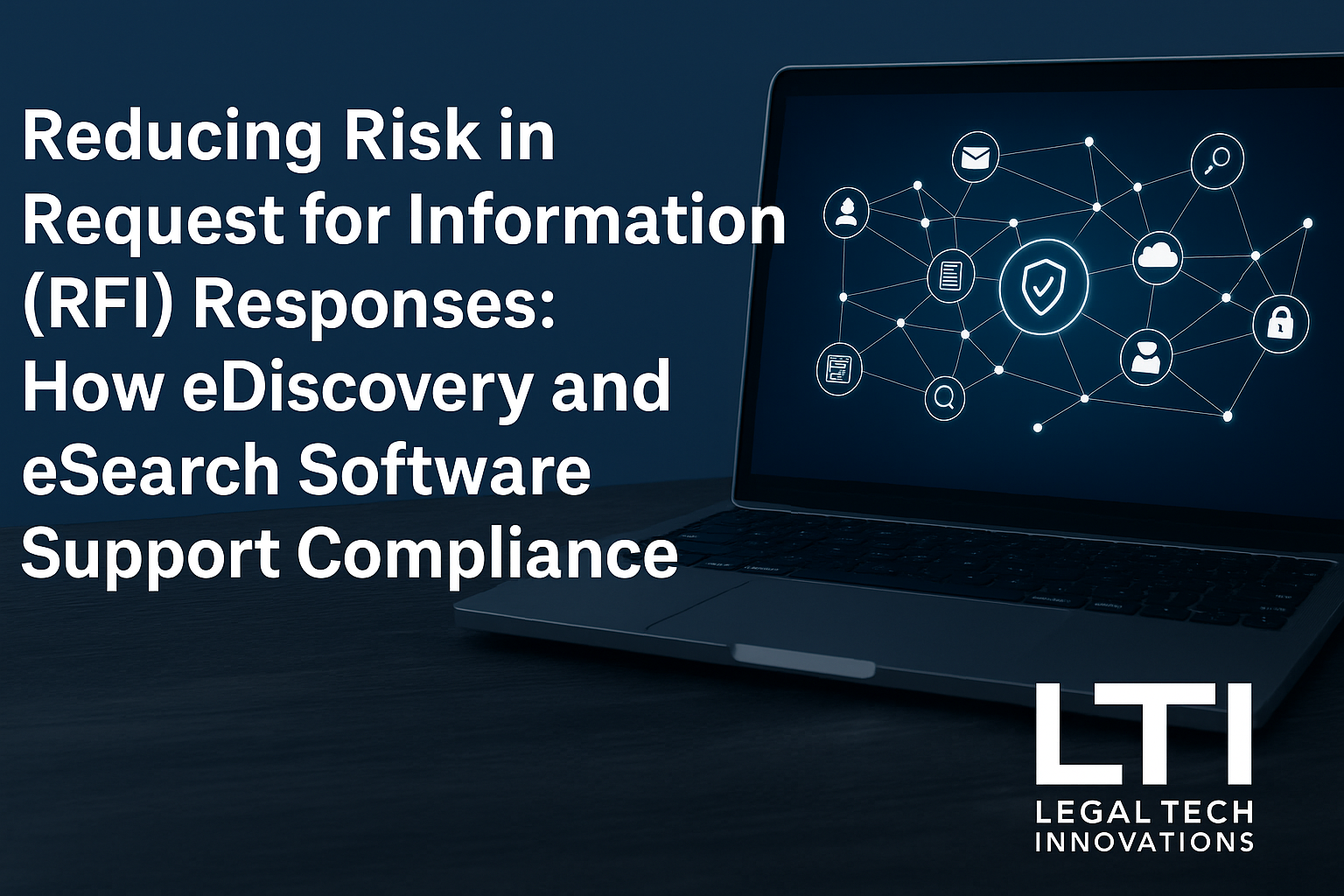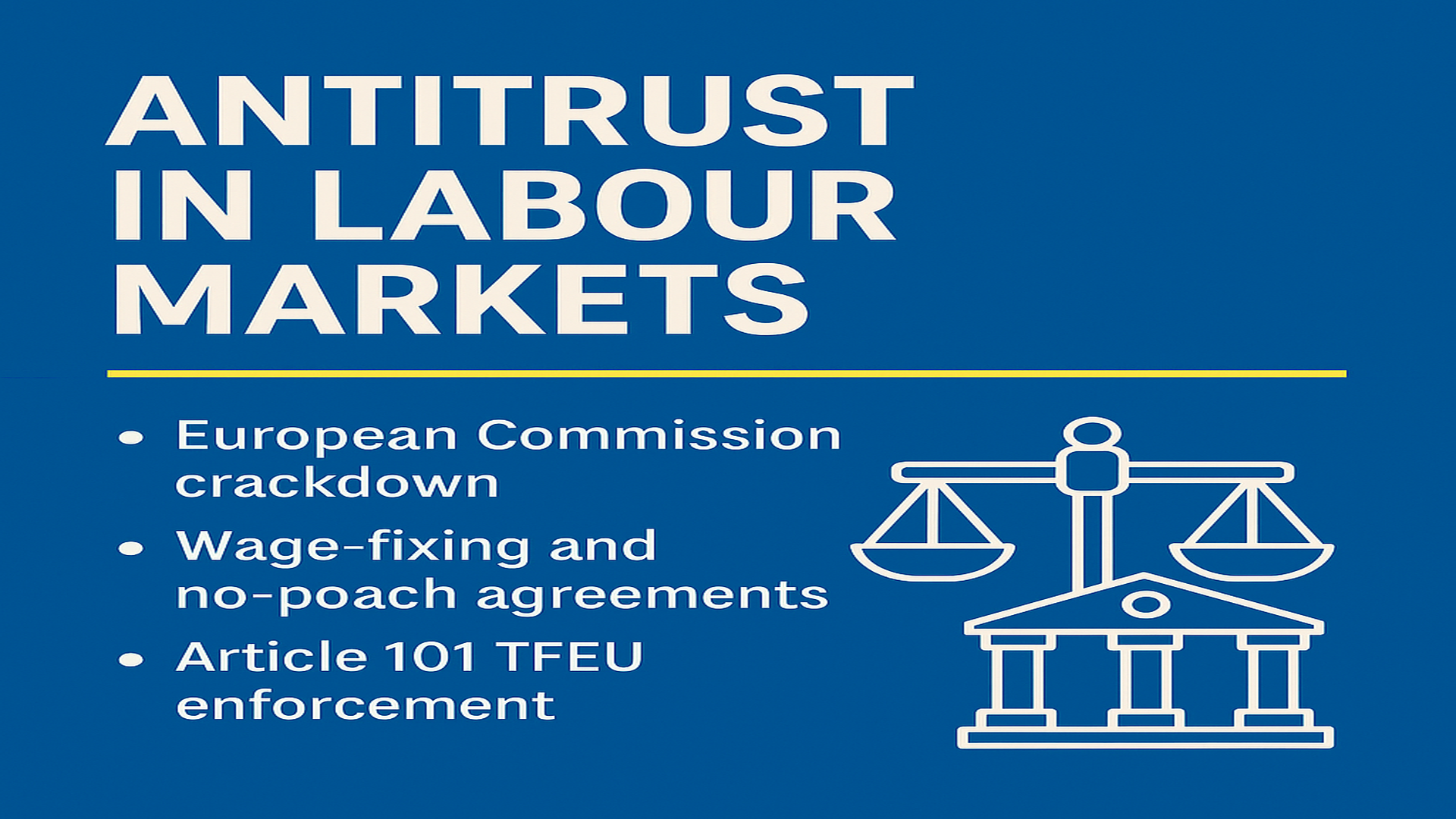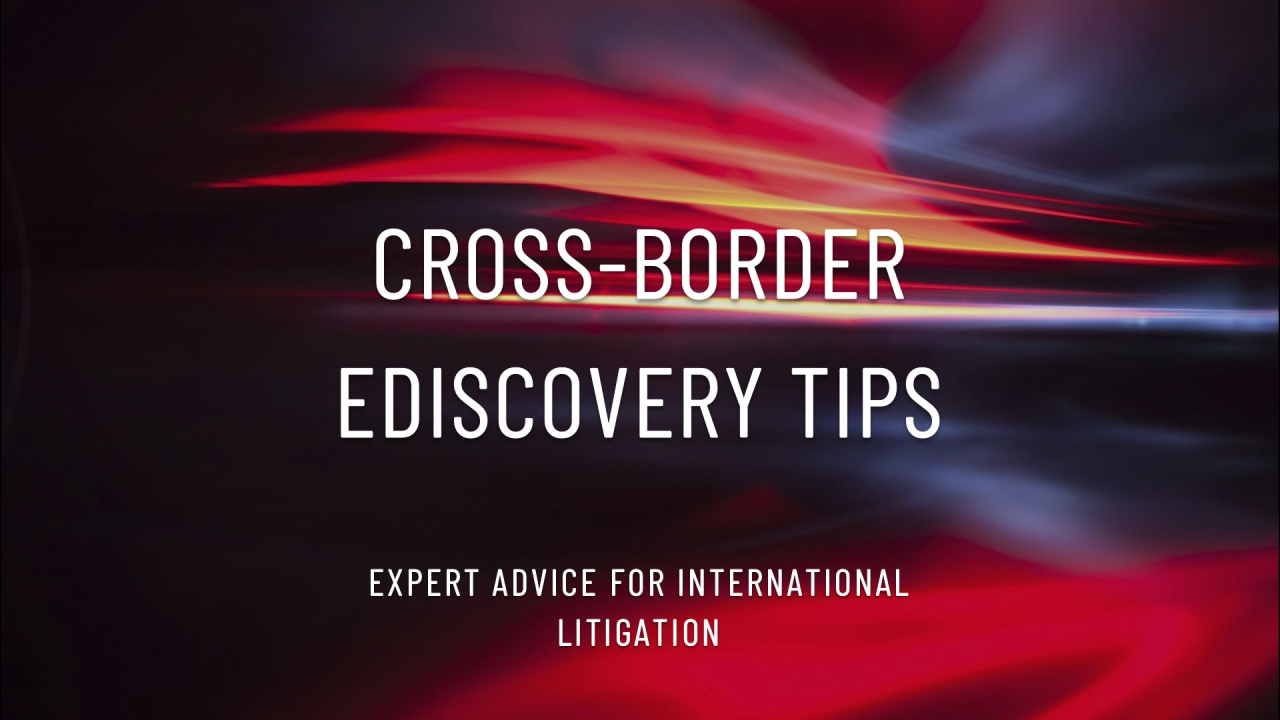Evaluation of your Document Set

Introduction
What is an eDiscovery/eSearch document set and why do you need to evaluate it?
A document set is typically a volume of emails and/or documents that have been collected from a given number of employees (custodians).
The documents from these custodians are to be used by lawyers so that they can uncover information relating to how a Person, Department or Company operates.
Depending on your situation, for instance in a Merger Review or an Investigation, Authorities (such as the European Commission (EC), the Bundeskartellamt, the Autorité des Marchés Financiers (AMF), The Netherlands Authority for Consumers and Markets (ACM) and many other authorities) will either seek copies of the documents you are analysing or request that you research topics of interest and provide accurate feedback on your findings.
In most cases, the Authorities will seek a copy of documents or information about a company by issuing an Request for Information (RFI).
Failing to provide correct and accurate information will land you in hot water. Why?
Firstly, there are financial penalties the Authorities can impose if you fail to provide complete and true information.
Secondly, you will likely lose the trust of the Authorities, making it much harder to defend/support your client’s position.
Lastly, if the improper handling of information or documents becomes public, as well as the knowledge of a fine, this can harm not only the law firm’s reputation but the client too as consumer confidence and share prices can be affected.
Given this background, you can see why you have to evaluate the completeness of your document set when conducting a review and analysis.
Gathering a Document Set
When a lawyer is faced with a situation to review and analyse a document set, the typical starting place may be:
- Asking the IT team to collect the emails/documents from the custodians.
- Engaging an eDiscovery provider to collect/mirror image the laptops.
- Having the custodians to search and provide all the necessary documents.
All the above approaches sound easy… However, I can tell you that even when hiring large reputable companies, things can still not go to plan and attention must be given to ensure the completeness of the document set.
First of all, access must be given to the information needed. It is imperative to understand where and how emails/documents are stored (This subject, the Data Collection, will be covered in another article).
When dealing with the EC (for example), a methodology paper has to be prepared, explaining what IT systems are in place, what retention settings are used and a description on how each of the custodians uses the systems.
A methodology paper may also need to detail the search and review approach taken, while being written in an unambiguous format.
Once the documents are ready for your review: How often do you check or ask someone to evaluate that the emails and documents are complete?
If the document set is not complete, who is responsible? The clients IT? The eDiscovery provider? The in-house lawyer? The external lawyer?…
In most cases, it is a team effort because each group of people need to come to the table and take responsibility.
Important Note: if there is any chance of a contentious situation surrounding how a document set has been compiled, it is highly recommended to hire a competent person, with the right tools, to gather and collect the necessary information, documents, applications or devices.
Evaluating Your Document Set
There are various forms of evaluation for different types of data sets. WhatsApp, SharePoint, LinkedIn, Skype, etc. all require unique approaches of evaluation which can differ from emails.
The theme of this article is based on emails/documents, so this is where we will focus.
The purpose of performing the evaluation is to identify any gaps. To see where your research may be lacking or missing information. Protect yourself from the limitations of data gaps and learn to understand why they exist.
Legitimate reasons can explain why gaps appear in a document set. Deletion & Retention policies settings play a big role here.
Bear in mind that no two firms are the same, in fact even within the same firm different policies and settings can be applied to individuals.
The evaluation process is very easy if you are using a document review platform. In today’s world, we are spoiled with the current tech on offer and it is quick and easy to produce a report which highlights the gaps. Talk to your eDiscovery provider about it.
Let's take an example. In the image at the top of this article, a report has been created showing the volume of emails for 5 custodians. Highlighting the number of emails for each month, within the year 2018.
If you just focus on the overall total of emails for each custodian (which I believe many people do), you cannot really see anything wrong. However, if you look closely at the report, you can see gaps for July, August and September. This is unacceptable and needs clarification.
This is the type of situation you can be faced with and where companies like LTI can help you and add value in the process.
If you have a project or a scenario you would like to discuss, please do not hesitate to contact us: info@legaltechinnovations.com










